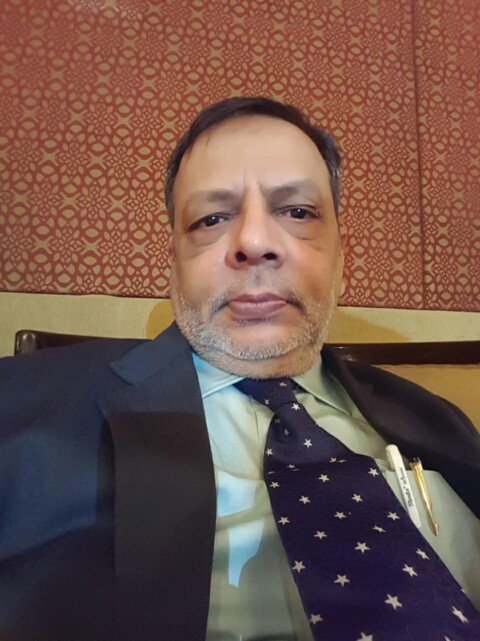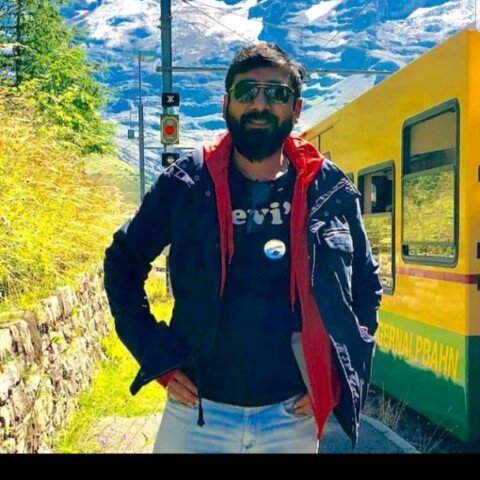In an environment of accelerating change — in which long-term partnerships and joint ventures must be built on mutual trust, in which employees must be committed to provide superior service and drive ongoing innovation, in which customers have access to more and more information — a course of pragmatic idealism and value creation is not only possible, it is increasingly the only viable approach. Cost plus pricing can work in the right situation, but it’s important to understand that typical business scenarios don’t lend themselves to success with this model. Sanjay Kumar, HOD- Logistics, Haier Appliances India believes in focussing on quality and branding as the means to increasing revenues and solidifying a customer base, which may be a company’s surest path to long-term prosperity. Excerpts from his interaction with Upamanyu Borah.
At the outset
In the last 4 years, Haier went aggressive with the right products of superior quality. The company carefully identified and chose its consumers and their needs and accordingly planned its strategy along with product development and sales and marketing agenda. It took extra care in order to define how the market will be segmented and product positioned, priced, and promoted. This worked and put Haier among top 5 brands in India. Now, the target is to reach top 3, and we are sanguine of success.
COVID-19 and wining factors
We have accepted the new normal and are back to the productivity.Needless to say, COVID-19 impacted everyone in the industry; sales were lost for almost 2 months. Less work and decreased order for trucks created panic, but it also brought along opportunities because Haier assured business to the transporters and we did not experience acute shortage. Although with limited manpower, we planned two shift operations within warehouses and ensured we did not miss a single order.
Like every other competitor, though we suffered loss on expense due to the pandemic effect, but we realised milestones too. We stood parallel to the benchmark of 99.99 per cent inventory accuracy, 99 per cent secondary dispatches within TAT and technological advancement with the roll out of business intelligence in transportation logistics.
Fostering resilient learnings
Within logistics department, continuous two months training program on motivation, delegation, productivity, time management and organisational principles created a new lot of highly inspired human resources. We ensured everyone at every level was appropriately delegated in order to take basic decisions at their level instead of awaiting directions from the top. It proved to be a new learning and we created leaders at every level inthe hierarchy.
Being flexibile
We do have flexibility within our system. All practices and SOPs are driven by flexibility. Of course, no one could tackle a disruption like COVID all of a sudden, but flexible DNA of the system could adopt the new normal. Within hierarchy, delegation of authority is ensured so that all managers can take decisions looking at the situation. This helped and still continues to.
The strategic fit is must
For any supply chain, it’s a challenge to create a strategic fit with the organisation’s overall strategy. We just cannot copy strategies from competitors and paste it. It will not work. Every supply chain manager needs to carefully understand the– competitive, product, and sales and marketing strategies of the organsiation. Based on that, it has to determine the nature of material procurement, transportation of materials, manufacturing of product or creation of services, distribution of products, and so on and so forth. To achieve strategic fit between two extremes– efficient and responsive supply chain and managing implied demand uncertainty, we have developed our capability in terms of resources, standards, policy, and SOPs.
Adapting to technology
Information flow is most important within and across the supply chain. In the last 3 years, our thrust on technology has increased.
We work on SAP. Along with this, to address various other issues, we have developed many small programs like OMS, TMS, WMS, BMS and BI to create a sustainable supply chain.
Establishing coordination
First of all, based on functions, the logistics department structure is divided into 4 parts– Import logistics, Primary logistics, Secondary logistics, and Platform. All functions have structured meeting calendars with related suppliers and transporters. These are highly target-oriented functions and have their own standards to negotiate and meet demands. During the crisis, we were in constant touch with all service partners through video conferencing and other means in order to keep supplier-buyer relationship intact.
Significance of logistics
Haier is a sales-oriented company that requires strong support functions like Logistics, Finance, After-Sales Service, Strategy, HR, Legal and Audit. Among all, logistics is the most important function that actually fulfils and delivers the dreams of sales. Logistics looks after inventory and demand planning, Import and primary dispatches, warehousing, 3PLs and Secondary dispatches. Besides that, budgeting and cost control, long-term strategy making, system implementation, training and development, business process re-engineering, GAP analysis, project management, vendor and employee performance evaluation, and team building are associated aspects.
Everything is controlled internally except warehouses that are managed by third-party logistics firms. We have 38 warehouses across the country and 90 per cent are managed by 3PLs.
We have certain criteria before we put any logistics service provider on board. The selection standards are customised as per our requirement.
Alternative modes and routes
We rely only surface mode and for that we have our own parameters like transport search program, selection standard, evaluation standard.
Warehousing tactics
Warehouse space cost is one of the biggest components of logistics cost and it is quite important to control this. Since it is of fixed nature, a little dip in sales turnover will increase logistics cost.
First of all, we freeze space in totality for the year. Based on ‘Days of Inventory’, dimensions and stacking norms for each product line, we arrive at total space required by each branch for the year.
Basis space requirement, we search warehouses. For searching or sourcing, we have our own standards for the facility. If a warehouse building is meeting our standards, we finalise. There is an in-house team working on the same. We don’t hire external agencies to execute this task. Year 2021 will see remarkable change in strategy as we are targeting one fourth of our dispatches directly from the factory to dealers and distributors in order to reduce space and associated cost.
Guiding performance
We have monthly evaluation system at each level that is related to incentive. The evaluation criteria is connected with cost, efficiency, and services. This system acts as check and balance to ensure logistics efficiency.
Besides that, we have our own quality functions within the logistics department, which has more than 20 check points of its own for each hierarchical level, assessed through monthly audit and necessary corrections.
The bright side of the new normal
One important change that we are already witnessing is the reduction in footfalls at showrooms/dealerships due to the pandemic crisis. Consumers are resorting to online shopping. Consumer durable companies will have to pay more attention to online business. Change in approach towards demand forecasting is expected.
Building an effective people strategy
As we strive to overcome the global pandemic and an economic recession, the character of leaders will matter as much as their competence. New version of leadership will be a competitive advantage. This new version of leadership will share power, put the needs of employees first and help them evolve and perform as best as possible.
We witnessed the threats getting converted to opportunities within our organiation. We never felt so near to each other while sitting at workplace as we are witnessing now. We don’t consider those two months of April and May as living in exile but times of rigorous training that completely changed our mindset and prepared us to bounce back successfully.
Foreseeing tomorrow
Year 2021 is going to be a big challenge with respect to cost, efficiency and services. Prioritising value creation over price management will be the key for winners.
Agility, flexibility, integration, transparency, and alignment will dominate the competition. We are all set with the plan of approximately 2 lakh vehicles (big and small), minimum space increase, technological support like live GPS vehicle tracking system, billing management system (BMS), advance business intelligence and LR automation (first time in the industry).







